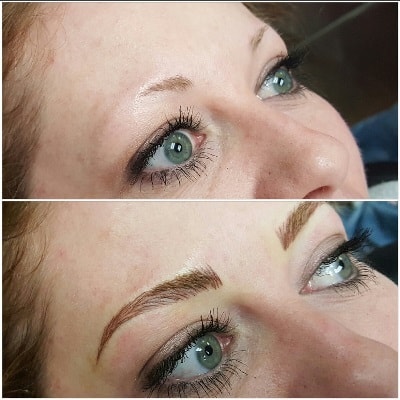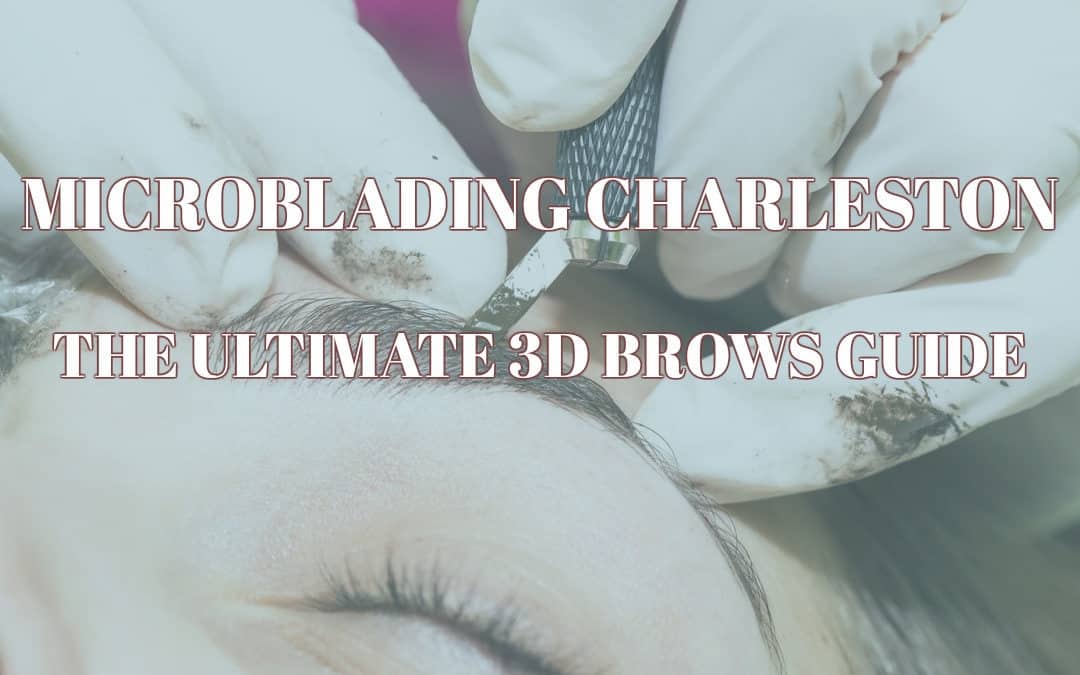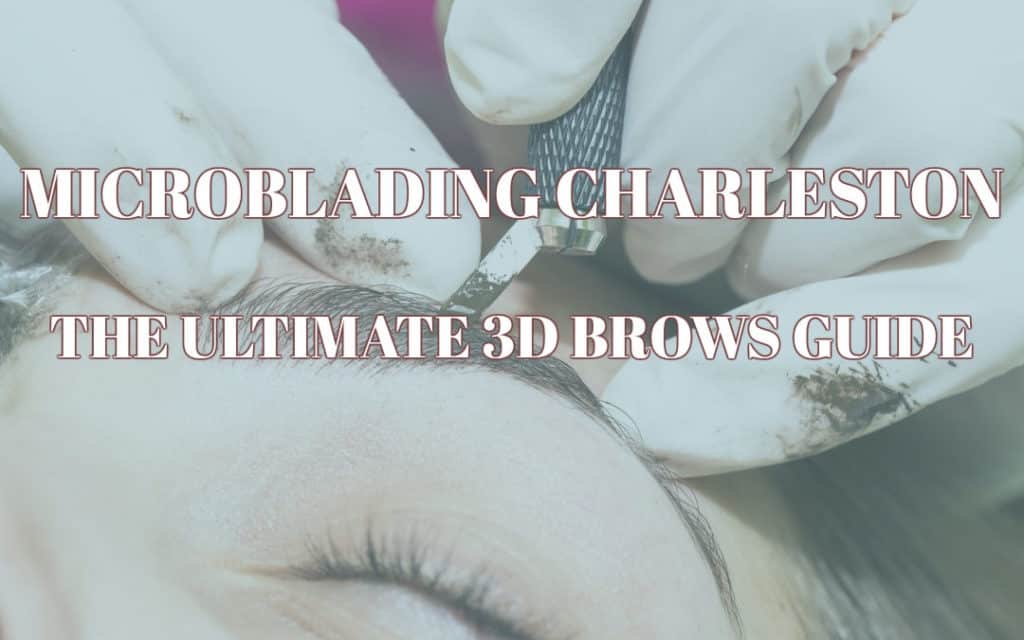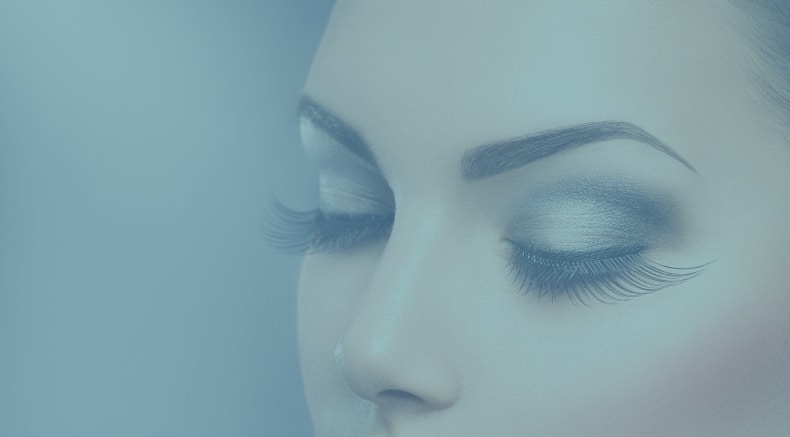Achieving perfectly shaped eyebrows without makeup sounds too good to be true, right? Not with microblading! Read more to learn about this simple technique that allows you to get the eyebrows of your dreams without all the fuss.
Charleston Microblading Lash, Brow & Botox Bar is a pioneer in this innovative treatment in the state of South Carolina. We hope this article tells you everything you need to know about microblading and the importance of having someone who is knowledgeable and experienced performing the technique.
What Is Microblading?
Microblading is an innovative beauty treatment that creates perfect eyebrows through the technique of semi-permanent makeup done hair by hair, allowing for the modification of shape and color of the eyebrows.
 It is especially recommended for people who would like to increase the density of their eyebrows in the most natural way—for example, people who have had a loss of hair in their eyebrows as a result of hormonal, health, or stress issues. This technique produces natural and perfect eyebrows, accentuating beauty of the face.
It is especially recommended for people who would like to increase the density of their eyebrows in the most natural way—for example, people who have had a loss of hair in their eyebrows as a result of hormonal, health, or stress issues. This technique produces natural and perfect eyebrows, accentuating beauty of the face.
Microblading is an adaptation of tebori, a traditional Japanese technique of applying manual tattoos. Unlike permanent makeup, which sometimes results in marks that are a bit too obvious, microblading produces strokes that actually look like real hairs. It ensures bolder brows with a completely natural appearance by the use of microneedles that deposit pigment under the first layer of skin. There is one major and very important difference between microblading and traditional tattoos, and it’s that microblading is not permanent: it lasts from 6 to 36 months, depending on different factors. After the initial treatment, a touch-up might be needed within one or two months, and then every 6 to 12 months, but we’ll get to that later.
This technique involves a very meticulous process that can take from one to three hours to complete. Since the results will last from one to three years, it is very important that the practitioner pays attention to every detail. Before starting the procedure, the practitioner applies a topical anesthetic and then a gel anesthetic in the area to prevent pain. This combination of anesthetics helps to prevent pain that might be caused by the needles used in the procedure. The needles then puncture with very soft pressure and cause a thin cut that is barely distinguishable from the real hair. The strokes that are achieved by this technique are very sharp and there is no “spillage.” Using inorganic pigments with a mineral base is recommended to reduce the possibility of allergic reactions.
The most popular microblading technique at the moment is hair-by-hair microblading. As its name suggests, this technique allows the practitioner to draw your eyebrows one hair at a time, achieving an impressively natural result. The pigments need to be natural and the color must be tailored to each client in order to provide a more realistic final result. For example, a blonde will need something close to a light-brown pigment while someone with medium-brown hair will require a medium-brown pigment. The variables for choosing the pigmentation are eyes, hair, and skin. This technique is very precise, and a highly trained professional is needed in order to avoid skin and eyebrows damage.
In conclusion, microblading is perfect for those who want to completely reconstruct their eyebrows, but it also works for those who wish only to slightly improve their appearance by, for example, adding a light arch into their 3d brows. The result is natural and undetectable. It doesn’t matter if you like your eyebrows uncombed or straight and defined; this semi-permanent technique will provide amazing results. Eyebrows are, without a doubt, one of the most important facial features. If you are not satisfied with them, there are several ways to improve them: powders, sticks, eyebrows gel, or even tattoos. But it is becoming increasingly clear that eyebrow microblading trumps all of these options because it looks perfectly natural and has the extra advantage of being semi-permanent.
Does Microblading Hurt?
It may or may not hurt. This is, of course, a very vague answer, but just like with regular tattoos, pain thresholds are different for everyone. After all, needles are involved in the procedure, and that usually comes with pain. Lots of microblading professionals apply topical anesthetics to make their customers more comfortable. Once the skin is open, then the anesthetic quickly does its job and most people won’t feel pain.
On the other hand, some people claim the experience to be totally painless, even without the application of any kind of anesthetic. However, there are certain precautions that individuals considering this procedure should take. This technique is not recommended for people who suffer from diabetes or allergies or who take anticoagulant medication. Pregnant women and people who have a history of keloids should also avoid microblading. The main recommendation to anyone interested in trying microblading is to look for a professional with tons of experience at a good center that specializes in this treatment. Microblading is not something for people to just try their hand at; experience and knowledge are a necessity. At Charleston Microblading Lash, Brow & Botox Bar, we specialize in semi-permanent eyebrow design and are one of the most reliable places you can find in South Carolina for this technique. You can rest assured knowing that the result will be 100% satisfactory.
All in all, microblading is typically not characterized by pain. Many people go through it without feeling any kind of pain at all. Even if you’re weary of needles and think that microblading will painful, anesthetics may make a huge difference in terms of your pain level.
How Long Does Microblading Last?
Microblading is a relatively simple and quick technique. It requires approximately one hour to complete. Once the procedure is finished, you may notice that your eyebrows are very bold and dark. Do not worry, as this is completely normal. As time goes by, the tone of the eyebrows will gradually turn lighter until they reach the correct color. Around 30% of the color will be gone after two to four weeks. The healing process is different for each person and may take up to 25 to 30 days.
It’s important to note that this is a semi-permanent technique. In general, the results of microblading last from one to one-and-a-half years depending on several factors such as the professional who conducted the procedure (experience, technique, materials, etc.) and the client and his or her skin. Some claim that microblading lasts from one to three years, depending on one’s skin type (normal, oily, dry) and age (mature or youthful). One’s skincare routine also plays an important role here. For example, if the client usually uses hats and sunscreen on a daily basis, the eyebrow pigmentation may last longer. In order to get the best results from microblading, the practitioner will provide a few basic instructions on what to do and what not to do during the first few days after the procedure. These recommendations can vary according to the practitioner. For example, one may say that it is best to wash your eyebrows and to apply ointment while others may say the exact opposite. The important thing is to listen to your trusted professional.
As stated before, a touch-up will likely be needed after some time in order for the microblading to last longer.
Do I Need a Microblading Touch-Up?
Yes! This may vary according to each client, but at least one touch-up session four to six weeks after the initial treatment is necessary for everyone. This is because each person heals in a different way, and so the outcomes may also be different. There are areas which may not pick up color after the initial session and need refilling. Or, color may not turn into the shade the practitioner intended and more brow thickness has to be added. People who have oily skin tend to require a deeper shade at the touch-up session because the oil can sometimes lighten the pigment. This first touch-up session is the time when the practitioner will refine your eyebrows and make sure they look perfect to retain their color.
It is not recommended to have this first touch-up session earlier than four weeks after the initial microblading appointment. This is because the pigment color has not yet completely settled into the skin. Moreover, the tissue needs some time to heal completely to prevent scar damage.





I would like to have your prices. My eyebrows are like the lady in your picture. I am also interested in getting filler injections around my mouth.
Hi Cathy please give us a call and we can help you out with prices.
I would like to know about prices and healing time